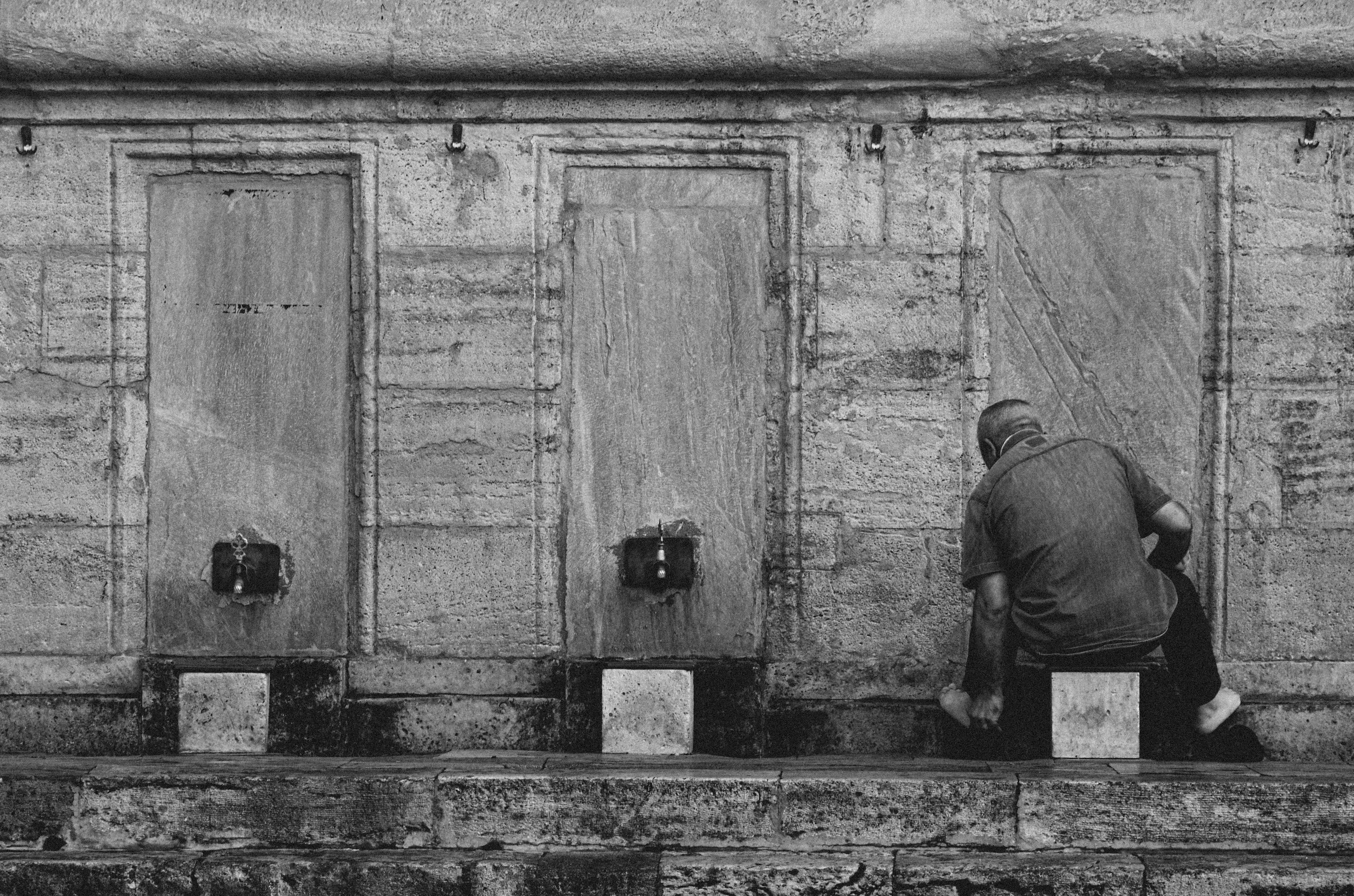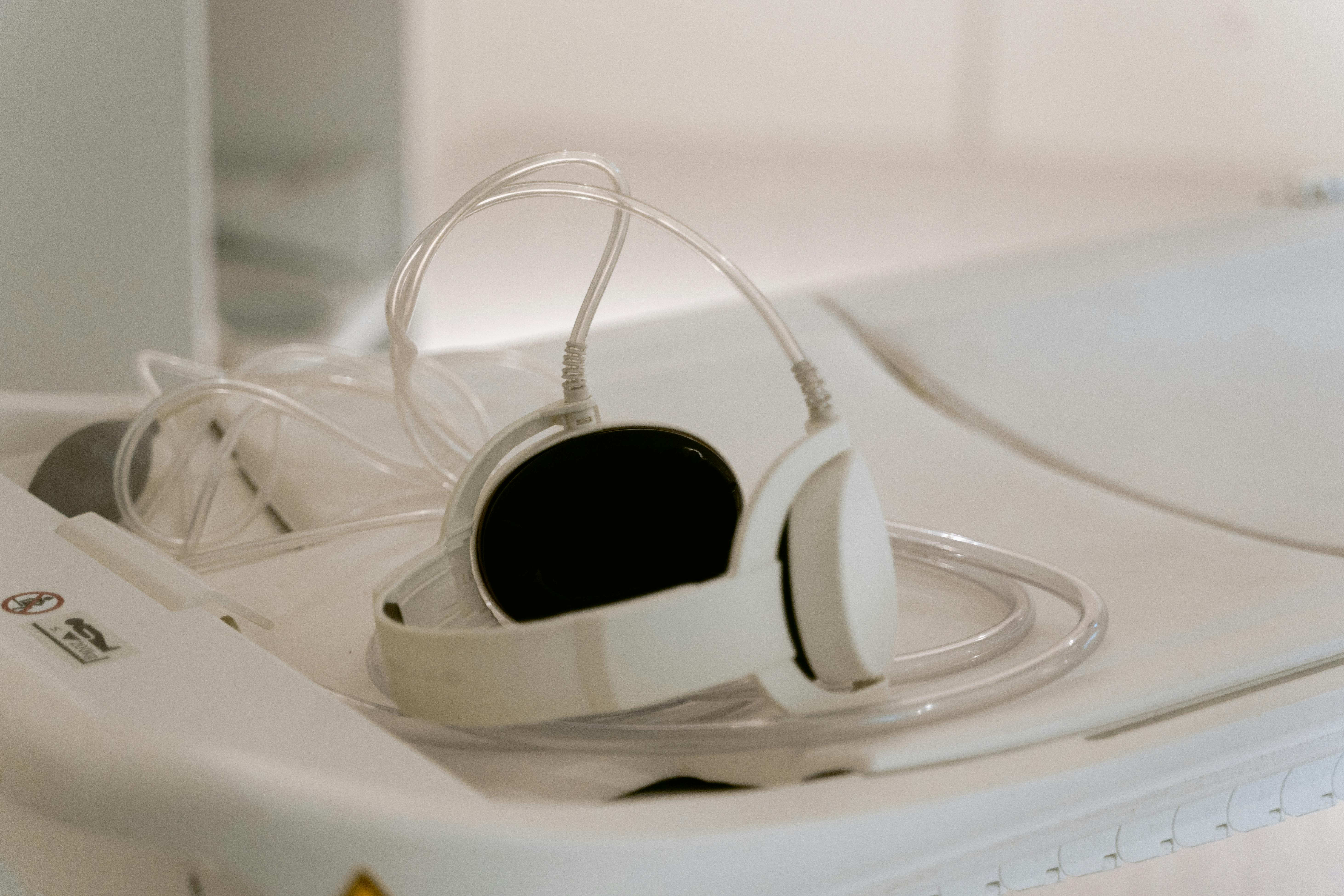
Essential Guide to How Long to Boil Spaghetti in 2025: Perfect Your Pasta Today!
Spaghetti is one of the most beloved staple foods worldwide, cherished for its versatility and ease of preparation. Understanding the precise timing and techniques for boiling spaghetti is crucial to achieving the perfect texture—whether it be al dente or softer. This guide emphasizes detailed spaghetti boiling instructions, ensuring even beginners can feel confident in the kitchen. You'll discover essential tips on the ingredients needed, optimal boiling times, and methods to enhance flavor.
Cooking spaghetti may seem straightforward, but there are nuances that can influence your results significantly. For example, knowing how much water to use, when to add salt, and the indicators for doneness can make all the difference. This article will walk you through the spaghetti cooking duration, the best way to boil spaghetti, and provide a comprehensive overview of common mistakes to avoid.
By the end of this guide, you'll be equipped with advanced cooking techniques and practical advice to perfect your pasta dishes. Get ready to elevate your spaghetti game and impress your family and friends!

Essential Techniques for Boiling Spaghetti Properly
To achieve the ideal spaghetti preparation time, it is crucial to familiarize yourself with the fundamental techniques for boiling pasta. Learning the optimal spaghetti boiling methods can vastly improve your culinary experience. Starting with the essential ingredients, you need to ensure you have sufficient water, salt, and, of course, high-quality spaghetti.
Choosing the Right Pot and Water Amount
For boiling spaghetti effectively, selecting the right pot is essential. A large pot allows ample space for the pasta to move freely, preventing it from sticking together. As a rule of thumb, use approximately 4-6 quarts of water for every pound of spaghetti. This amount helps ensure a vigorous boil and allows for even cooking.
Next, add salt to the water. Culinary experts recommend using about 1-2 tablespoons of salt per gallon of water to flavor the pasta properly. This not only enhances the taste but also contributes to the overall kitchen experience. Remember, adding salt to the boiling water before introducing the spaghetti is an essential step many overlook.
Boiling Water Temperature and Timing
To achieve the best spaghetti texture, bring the water to a rolling boil before adding the pasta. This critical moment might seem simple, but it determines the success of your dish. Once you add the spaghetti, stir immediately to prevent it from sticking. The flood of hot water will start cooking the pasta uniformly.
The typical boiling spaghetti time ranges between 8-12 minutes, depending on the brand and thickness. It can also be influenced by your elevation; higher altitudes may require adjustments in timing. Monitoring the spaghetti closely during the cooking process is vital to achieving the desired doneness.
Checking for Doneness
One of the most important aspects of spaghetti cooking advice is knowing how to check the pasta for doneness. The best way to do so is by checking the texture—al dente spaghetti should be firm to the bite and not completely soft. Another method is to taste it periodically during the cooking process.
This brings us to the key phrase in the spaghetti boiling guide: timing. Using a kitchen timer can help keep track of the precise spaghetti cooking duration. If you prefer a softer texture, you can add an extra minute or two to your boiling time. Testing it as you go will help you master this culinary art.
Common Mistakes and Myths About Boiling Spaghetti
Despite its simplicity, many common mistakes occur while boiling spaghetti that can compromise the final dish. By understanding these pitfalls, you can ensure your cooking experience is smooth and enjoyable.
Overcooking or Undercooking Spaghetti
One of the most frequent issues is overcooking spaghetti, which leads to mushy pasta. With the ideal timing for boiling spaghetti, one must learn to rely on their senses—both touch and taste. If you've exceeded the cooking time, there's no turning back. Moreover, some cooks may not realize that undercooked pasta can be salvaged by returning it briefly to boiling water, commonly referred to as "reviving" the pasta.
Not Using Enough Salt
Using insufficient salt is another common error. Many begin using salt sparingly but neglect its crucial role in enhancing flavor. Salting your water adequately will make your spaghetti taste significantly better, while unsalted pasta can taste bland and uninspired.
Failing to Stir the Spaghetti
If you omit the stirring phase after adding spaghetti to the boiling water, you're inviting the pasta to stick together. Stirring it for the initial minute helps separate the strands and ensures their cooking is even. Neglecting to do so often results in tangle-filled clumps that are cumbersome to serve.
Perfecting Al Dente Spaghetti Cooking Techniques
Cooking spaghetti al dente is an art that enhances both texture and flavor. The technique requires careful attention to timing and water temperature to achieve that perfectly tender yet firm bite.
Understanding Al Dente
Al dente, or “to the tooth,” refers to pasta cooked until there is a slight firmness when bitten into. It is preferred by many due to its chewy texture and ability to hold up better with sauces. To reach this state, begin checking your spaghetti one or two minutes before the package instructions specify.
Cooling and Storing Spaghetti
Once your spaghetti reaches the al dente stage, drain it right away using a colander. It’s essential not to rinse the pasta, as this washes away the starch that helps sauce adhere. For those preparing pasta ahead of time, cooling it thoroughly under cold running water is advisable before storing it in the fridge. You can also freeze boiled spaghetti for later use—just ensure it’s cooled first.
Pairing Spaghetti with Sauces
Pairing your perfectly cooked spaghetti with the right sauce elevates the entire meal. Typically, marinara or meat sauces work beautifully, but feel free to experiment. Incorporating seasonal ingredients, fresh herbs, or proteins can enhance your dish and provide diverse flavors. Evidence of perfect spaghetti is when every bite is coated in delicious sauce!

Creative Flavoring Techniques for Boiling Spaghetti
For those wishing to take their spaghetti boiling experience to the next level, consider flavoring your boiling water. This approach introduces subtle layers of flavor that can transform a simple dish into a culinary masterpiece.
Adding Aromatics to Boiling Water
Enhancing the taste of your spaghetti begins with what you add to the boiling water. Most chefs recommend incorporating aromatic herbs such as bay leaves or garlic cloves to infuse flavors. This elevates the overall taste of the pasta without overwhelming the dish.
Utilizing Broths and Stocks
For a richer flavor profile, consider using vegetable, chicken, or beef broth in place of regular water when boiling spaghetti. This method can yield delightful depth and complexity that makes a world of difference in simple sauce pairings. Just keep in mind the flavors of the broth should complement your sauce.
Experimenting with Pasta Shapes
Modern cooking emphasizes that different pasta shapes require varied boiling times. Understanding how pasta textures differ can help avoid common spaghetti cooking errors and offer insights into how to boil spaghetti with unusual shapes. Experimenting with various pastas will enhance your culinary experience while expanding your spaghetti repertoire!
Frequently Asked Questions About Boiling Spaghetti
How much water do I need to boil spaghetti?
A good rule of thumb is to use about 4-6 quarts of water for every pound of spaghetti. This allows the pasta to cook evenly and prevents it from sticking together.
How can I tell if my spaghetti is done?
The best way to check doneness is to taste it. Ideally, al dente pasta should be tender with a slight bite to it. You can also check the texture by cutting a piece with a fork; the center should appear slightly firm.
Can I store leftover boiled spaghetti?
Yes! Cool the spaghetti completely after boiling and store it in an airtight container in the fridge for about 3-5 days. You can also freeze it for longer storage, making sure to break it into manageable portions.
Is there an ideal method for reheating spaghetti?
You can reheat spaghetti in a microwave, on the stovetop in a small amount of water, or in the oven covered with foil. For best results, add a small amount of sauce to prevent it from drying out.
What are the common mistakes to avoid when boiling spaghetti?
A few common mistakes include under-salting the water, not stirring after adding the spaghetti, and cooking it for too long. Paying attention to timing and those simple techniques will greatly enhance your outcomes.
In conclusion, mastering how long to boil spaghetti involves more than just timing—it's about the implementation of fundamental techniques, practical tips, and flavor enhancement methods. By following this guide, you'll not only perfect your pasta boiling skills but also bring a touch of Italian culinary tradition to your home kitchen.